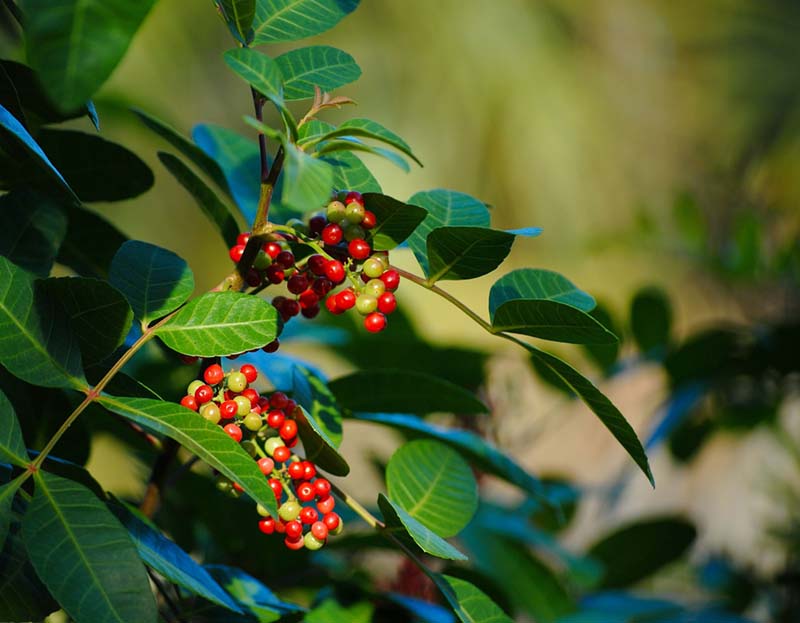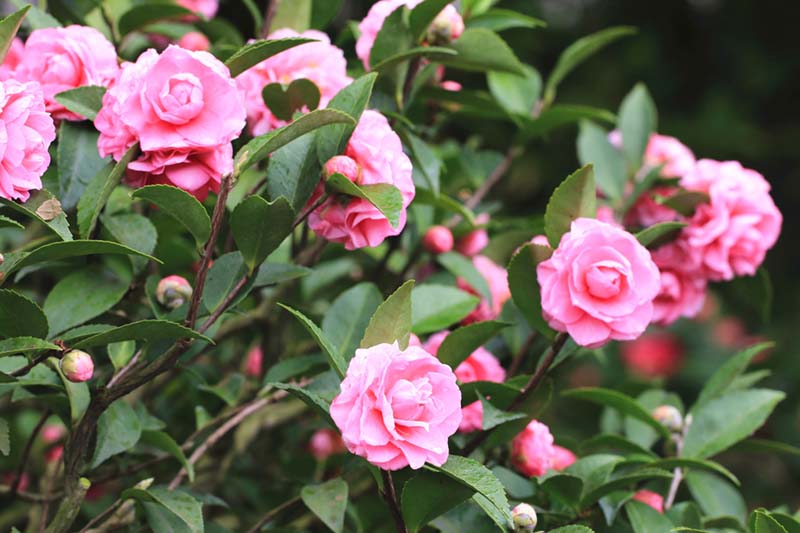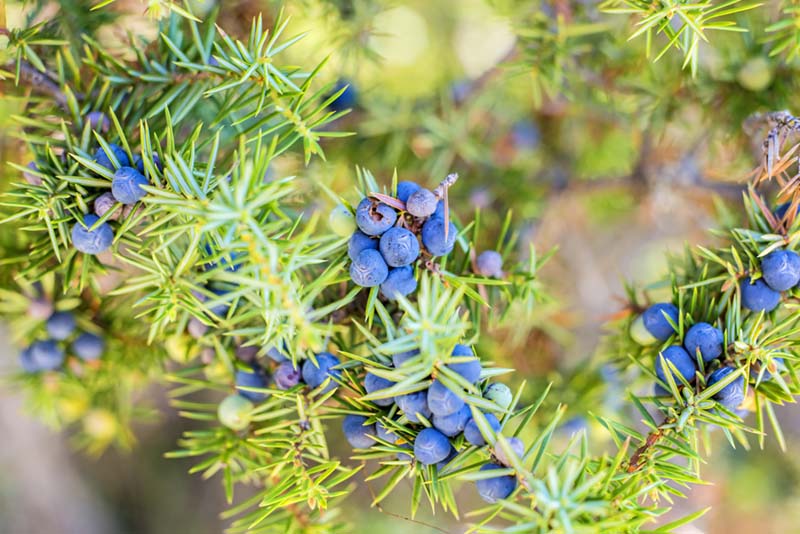Some plants prefer to be dramatic, theatrically unfurling their transparent green leaves in spring and sending them out in fall with fireworks of orange, yellow and red. But then their branches sit leafless and bare in winter.
Evergreens, on the other hand, are reliable in the changing seasons. They provide homes and food for wildlife, bring interest to bleak winters, and cover eyesores like that dead Christmas tree you keep forgetting to take to the street.
Some might find evergreens boring, but they're really just as interesting as divas like flowering cherries and Japanese maples - at least once you can appreciate their subtle beauty.
Get to know evergreens
There are two types of evergreens: conifers and broadleaf evergreens. Conifers are the most commonly used evergreen trees in landscaping, and thanks to their amazing cold-tolerance you can find their needles all the way up to the Arctic Circle. However, there isn't much of a selection when compared to broadleaf evergreens.
Broadleaf evergreens are flowering plants, and have - you guessed it - broad, rather than needle-shaped, leaves. That might not seem like a big deal, but that variety of blooms and leaf shapes makes a garden that much more interesting in winter.
Now that we've established why you need evergreens, here are some trees, shrubs and groundcovers to plant in your garden.
Evergreen trees and shrubs
- Hollies are a good place to start, since they range from trees such as the classic American holly (Ilex opaca, zones 5-9) and dahoon holly (Ilex cassine 7-11), to compact cultivars of the Japanese holly (Ilex crenata, zones 6-9) and dwarf yaupon holly (Ilex vomitoria 'Nana', zones 7-10). Many lack the sharp and pointy leaves of American holly.

The Schinus terebinthifolius is commonly known as Florida Holly, Brazilian pepper, and Christmasberry tree.
- Rhododendrons (Rhododendron species, various zones) and azaleas, their Southern counterparts, are normally grown for their impressive display of spring flowers, but are appreciated in Japan for their fine leaves, and are even sheared at the expense of blooms. Give rhododendrons and azaleas regular moisture, good drainage and acidic soil. Prune after blooming has finished.
- Camellias (Camellia species, zones 6b-9) might be evergreen, but everyone just grows them for their captivating flowers. Common camellias (C. japonica) are uncommonly beautiful, with a variety of flower forms. The flowers of Sasanqua (C. sasanqua) camellias aren't as showy, but they're more adaptable and can handle more sun and drought. Camellias do best when grown in acidic soil with afternoon shade.

Many people plant Camellia bushes because of their attractive flowers.
- Nandina (Nandina domestica, zones 6-10) has slender upright stems and lacy, divided leaflets. It’s a good alternative to bamboo for small gardens. The species can be invasive, but there are many attractive and well-behaved cultivars. 'Firepower' turns bright red in winter, and 'Lemon-Lime' is a new cultivar with lime to chartreuse foliage on a compact and mounding plant.
- Junipers come in a wide array of forms to suit any need in the landscape. Creeping junipers (Juniperus horizontalis, zones 3-10) make great groundcovers and can be used to cover large areas. In contrast, white cedar (Juniperus ashei, zones 7-9) and Eastern red cedar (Juniper virginiana, zones 2-9) are trees reaching 20 to 50 feet tall, respectively.

Juniper varieties range from ground cover to 50-foot-tall trees.
- Pines are the quintessential conifers, and include such iconic trees as the Japanese black pine (Pinus thunbergiana, zones 6-8b), the pinon pine (P. edulis, zones 5-8) with its edible nuts, and the longleaf pine (P. palustris, zones 7-10) of the Southeast. Pines prefer good drainage and respond well to tip pruning in spring. Most are drought-tolerant once established.
Evergreen groundcovers and perennials
- Mondo grass (Ophiopogon species, zones 5-10) is an excellent evergreen groundcover with fine, dark green foliage that can be used in place of turfgrasses, provided they don't receive much foot traffic. Liriope (Liriope spicata, zones 4-10) is another bordergrass, but it has showier flowers and coarser foliage. Both are indispensable groundcovers in a shady garden.
- Carpet Bugleweed (Ajuga reptans, zones 4-10) is an ideal groundcover for tucking into nooks and crannies such as gaps between rocks or along paths where it will creep along the ground and bear blue flowers in spring. Some selections offer purple to bronze foliage. Strawberry begonia (Saxifraga stolonifera, zones 7-10) is another good mat-forming groundcover.
- Japanese Sedge is a so-called ornamental grass that has become very popular in recent years thanks to a new line of colorful cultivars. 'Everillo' has vivid chartreuse leaves, 'Evergold' is variegated with green and gold, and 'Everest' has a dark green stripe going down each white leaf. All are very tough and form attractive mounds.
Related:
- How to Grow a Spectacular Container Garden
- Getting Rid of Garden Pests
- Smart Watering Tips for Every Gardener
from Zillow Blog - Real Estate Market Stats, Celebrity Real Estate, and Zillow News http://www.zillow.com/blog/incorporating-evergreens-186632/
via Reveeo
No comments:
Post a Comment